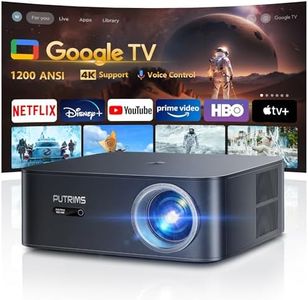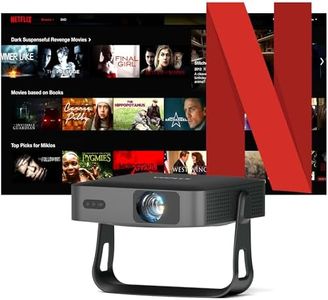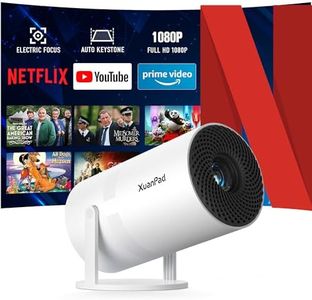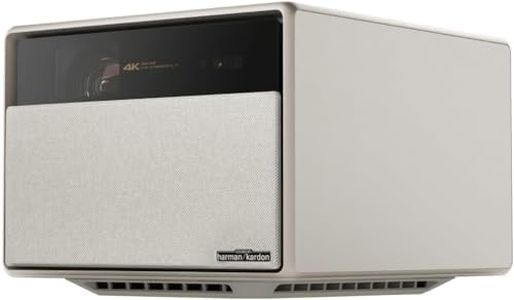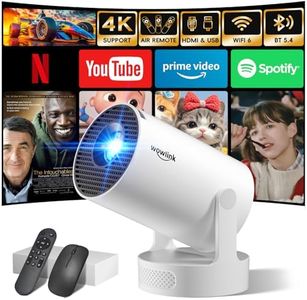We Use CookiesWe use cookies to enhance the security, performance,
functionality and for analytical and promotional activities. By continuing to browse this site you
are agreeing to our privacy policy
10 Best Bluetooth Projector
From leading brands and best sellers available on the web.Buying Guide for the Best Bluetooth Projector
When choosing a Bluetooth projector, it’s important to make sense of all the features so you can find one that truly fits your needs, whether it's for watching movies, gaming, business presentations, or casual backyard fun. Rather than chasing the newest model, focus on which specifications will actually improve your experience. Understand how each feature impacts viewing, sound, convenience, and connectivity so the projector matches your intended use and space.Brightness (measured in Lumens)Brightness, expressed in lumens, measures how much light a projector puts out. This determines how clear and visible your picture will be, especially in rooms with ambient light. Lower lumens (less than 1,500) work well for dark home theaters, while mid-range values (1,500–3,000) do better in typical living rooms. High-lumen projectors (above 3,000) are best for well-lit rooms or outdoor use. Consider where you’ll use the projector most and pick a brightness level that suits that environment so you can always see a crisp image.
ResolutionResolution is the number of pixels the projector can display, often listed as 720p, 1080p, or 4K. Higher resolution means sharper, clearer images. If you mainly watch movies or play games, 1080p gives good clarity, while 4K is best for large screens or extra detail. For simple presentations or kids’ cartoons, 720p may be enough. Think about what you’ll be watching, how big your screen is, and how picky you are about image sharpness when making your choice.
Bluetooth ConnectivityBluetooth on a projector lets you wirelessly connect speakers, headphones, or even your phone for audio streaming. Some models also allow you to send video over Bluetooth, but that’s less common. Check the version of Bluetooth for connection stability—5.0 or newer is more reliable and energy efficient. If you’re looking for versatility and want to avoid extra cables, Bluetooth is handy, especially in shared spaces or when connecting to portable speakers. Think about your current devices and how wireless you want your setup to be.
Contrast RatioContrast ratio refers to the difference between the brightest whites and the darkest blacks. Higher contrast creates images with more depth and vividness—important for movies and games. Lower ratios (1,000:1) are fine for presentations, while mid (2,000–10,000:1) to high (over 10,000:1) ratios will make movies and pictures more vibrant and lifelike. Choose based on how much movie watching or gaming you plan and whether you want truly deep blacks and punchy colors.
Throw Distance and Screen SizeThrow distance is how far the projector needs to be from the screen to create a given image size. Short-throw projectors can be placed close to the screen, making them great for small rooms. Standard-throw types need more space. Consider your room setup and how large an image you want; match the projector’s throw specifications to your available space so you get a big picture without rearranging everything.
Portability and SizeProjectors come in many sizes, from palm-sized models you can take anywhere to larger units designed to stay put. If you’ll be moving your projector around a lot (for travel, outdoor movies, or different rooms), look for lighter, more compact models. If it will always stay in one place, size is less of a worry and you may get better image quality. Think honestly about how mobile you want to be and pick a projector that matches your lifestyle.
Built-in SpeakersSome projectors come with built-in speakers, which are helpful if you don’t have external audio equipment. Sound quality varies—a small model’s speakers may be quiet, while bigger units can get louder. If sound is a critical part of your experience, look into the speaker’s wattage or plan on using Bluetooth to connect better speakers. Use your audio expectations and planned environment (quiet room versus backyard) to gauge if built-in speakers are enough for you.
Input OptionsInput options are the ports a projector has—like HDMI, USB, SD card slots, or AV—in addition to Bluetooth. More ports mean more flexibility for connecting laptops, streaming sticks, gaming consoles, or drives. Think about your current and future devices, and choose a projector with the input types and quantities you’ll realistically need.
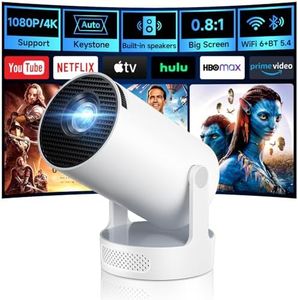
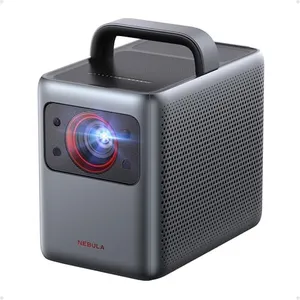
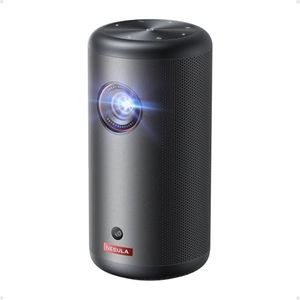

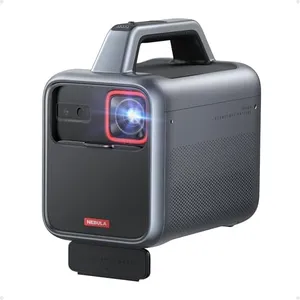
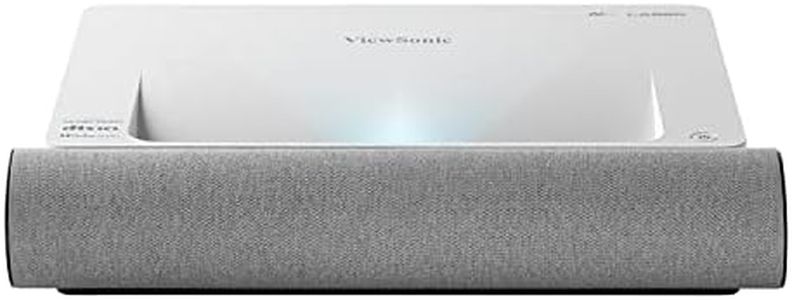
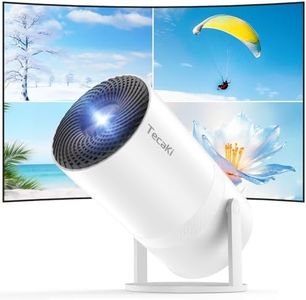
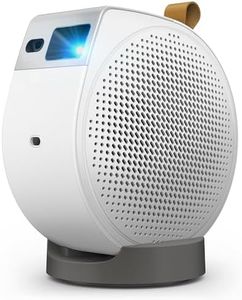
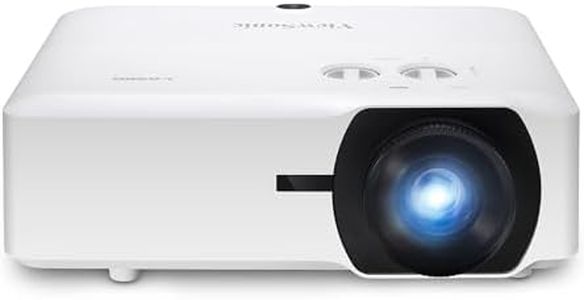
![[Built-in App] Mini Projector 1080P FHD 4K Support Projector with Mouse Portable Projector with WiFi and Bluetooth 180° Adjustable Auto Keystone HDMI/TV Stick/PS5/Laptop, with HDMI Cable & Mouse](https://images-proxy.bestreviews.guide/YzhTFsTlUSQxFRi9L1VCxRY4Zxk=/0x300/https://m.media-amazon.com/images/I/51QsTReARNL._AC_CX679_.jpg)
